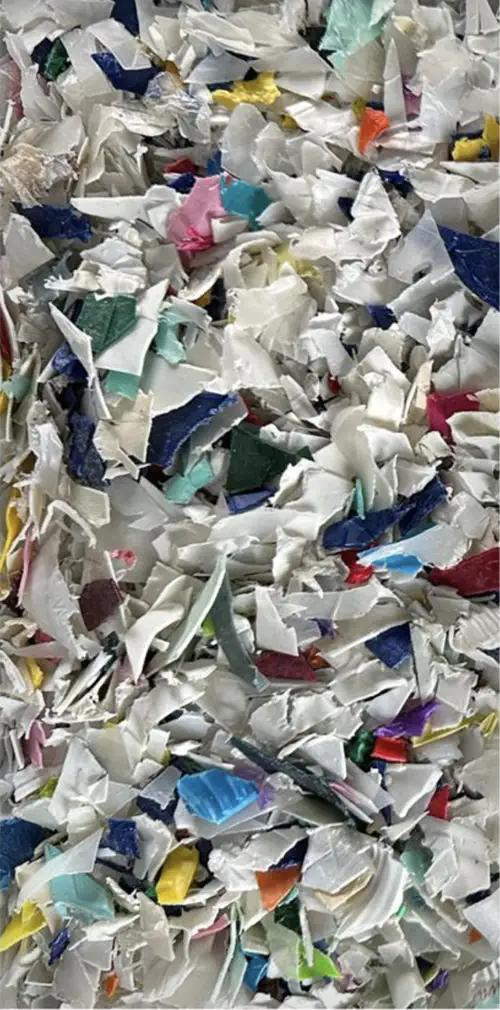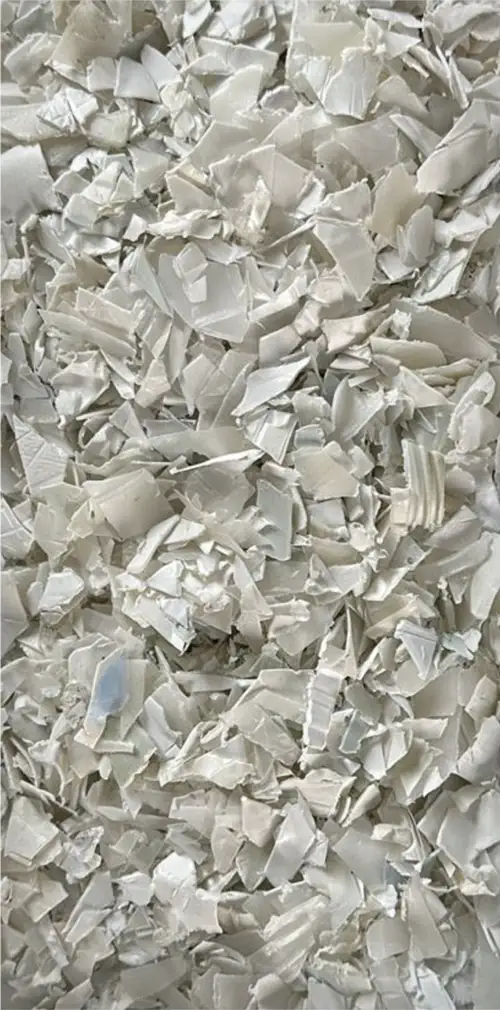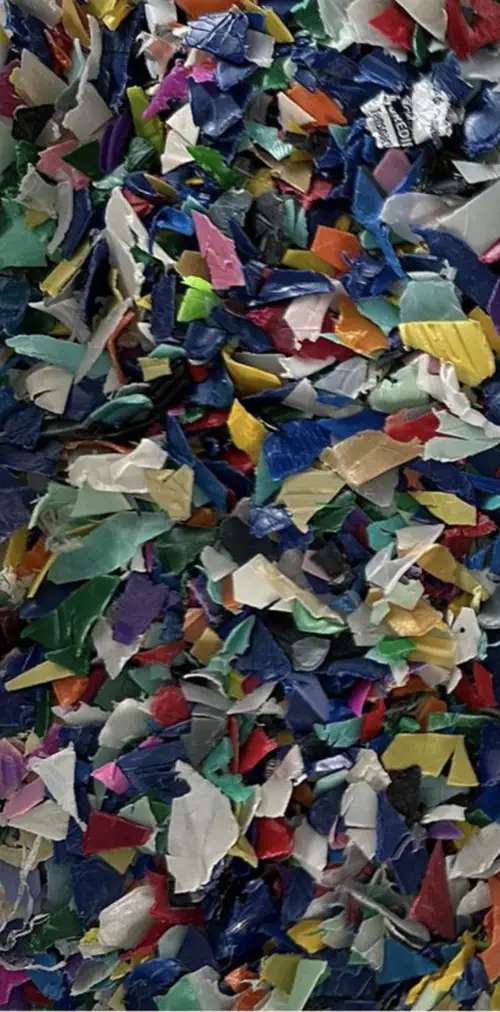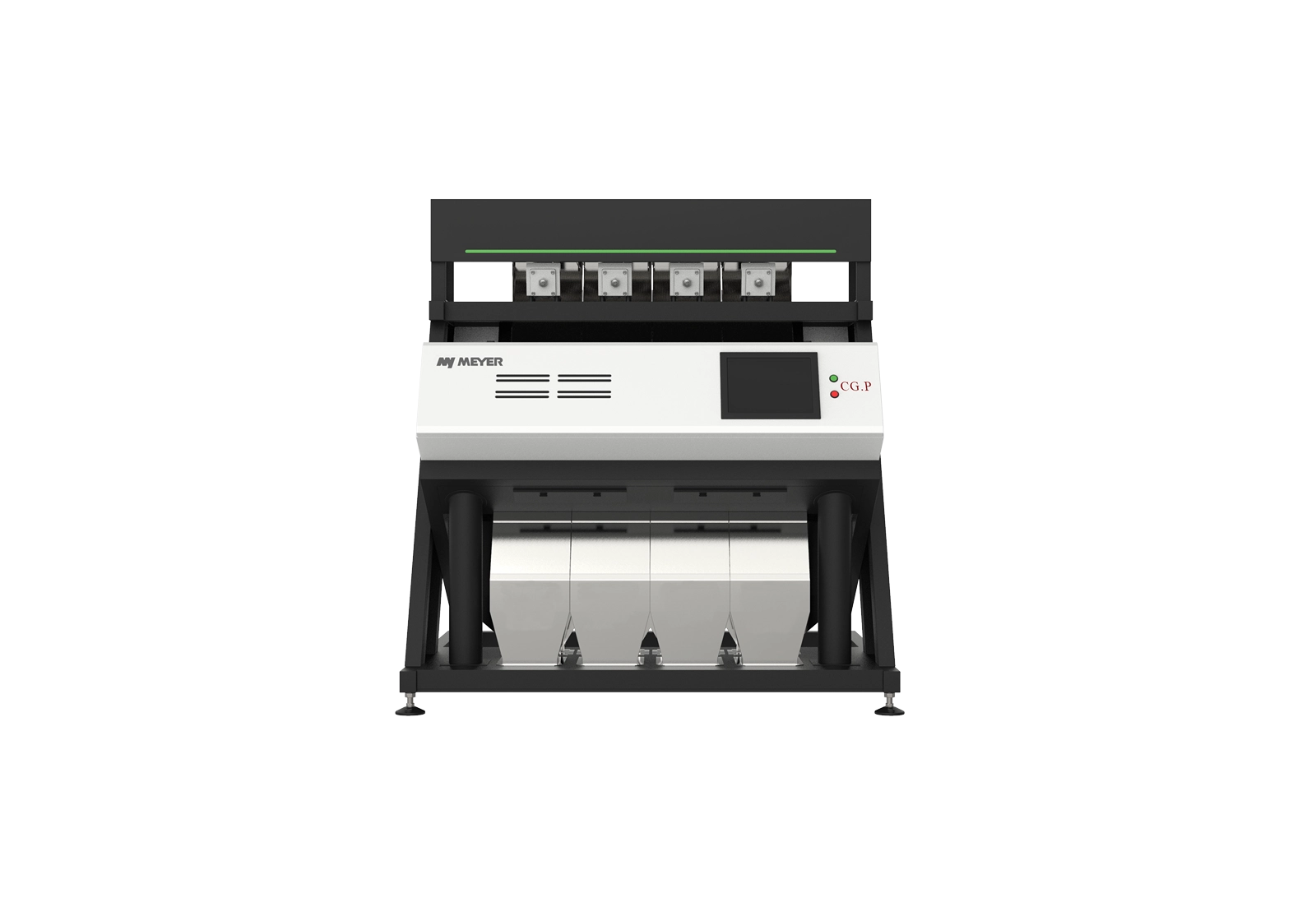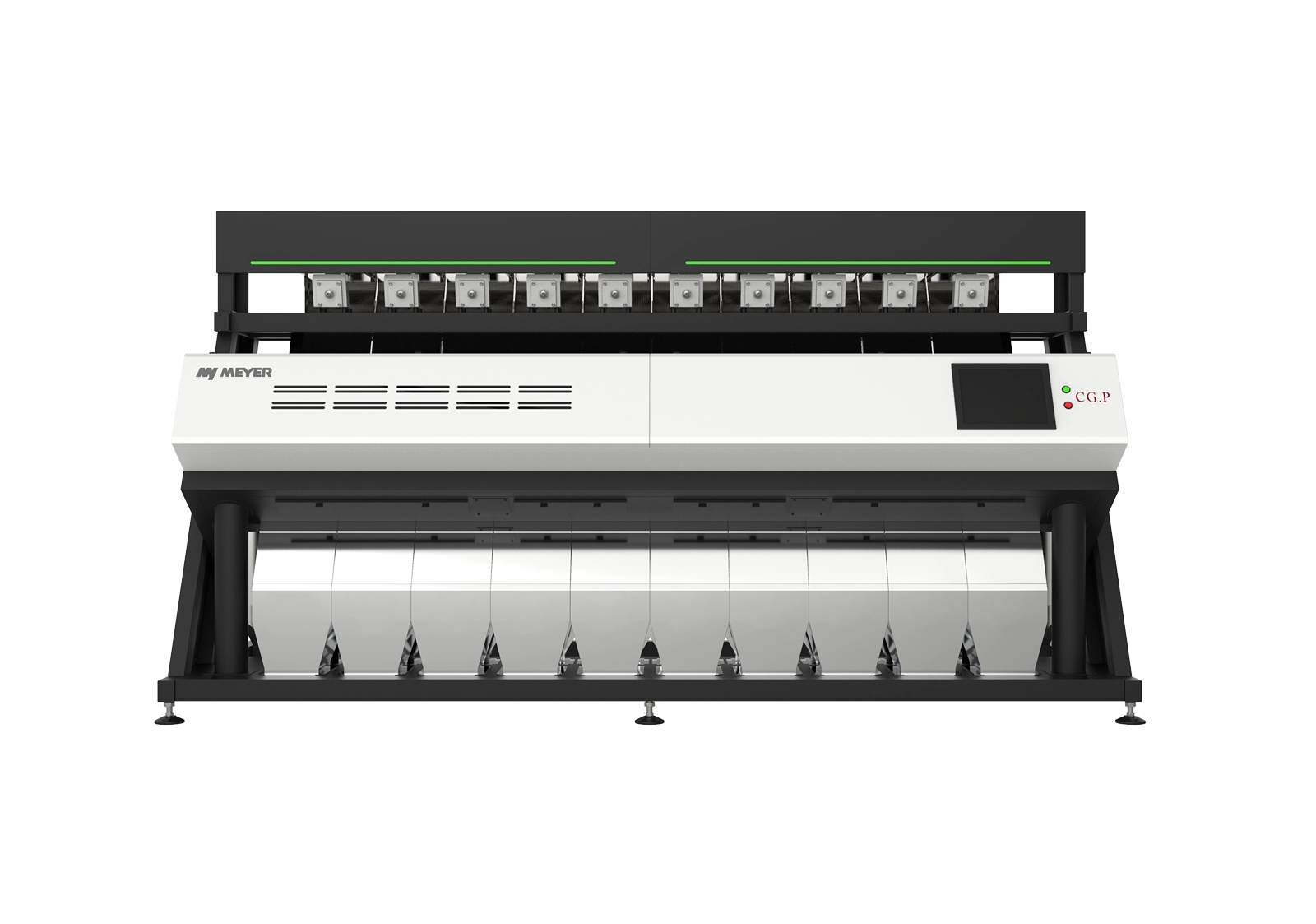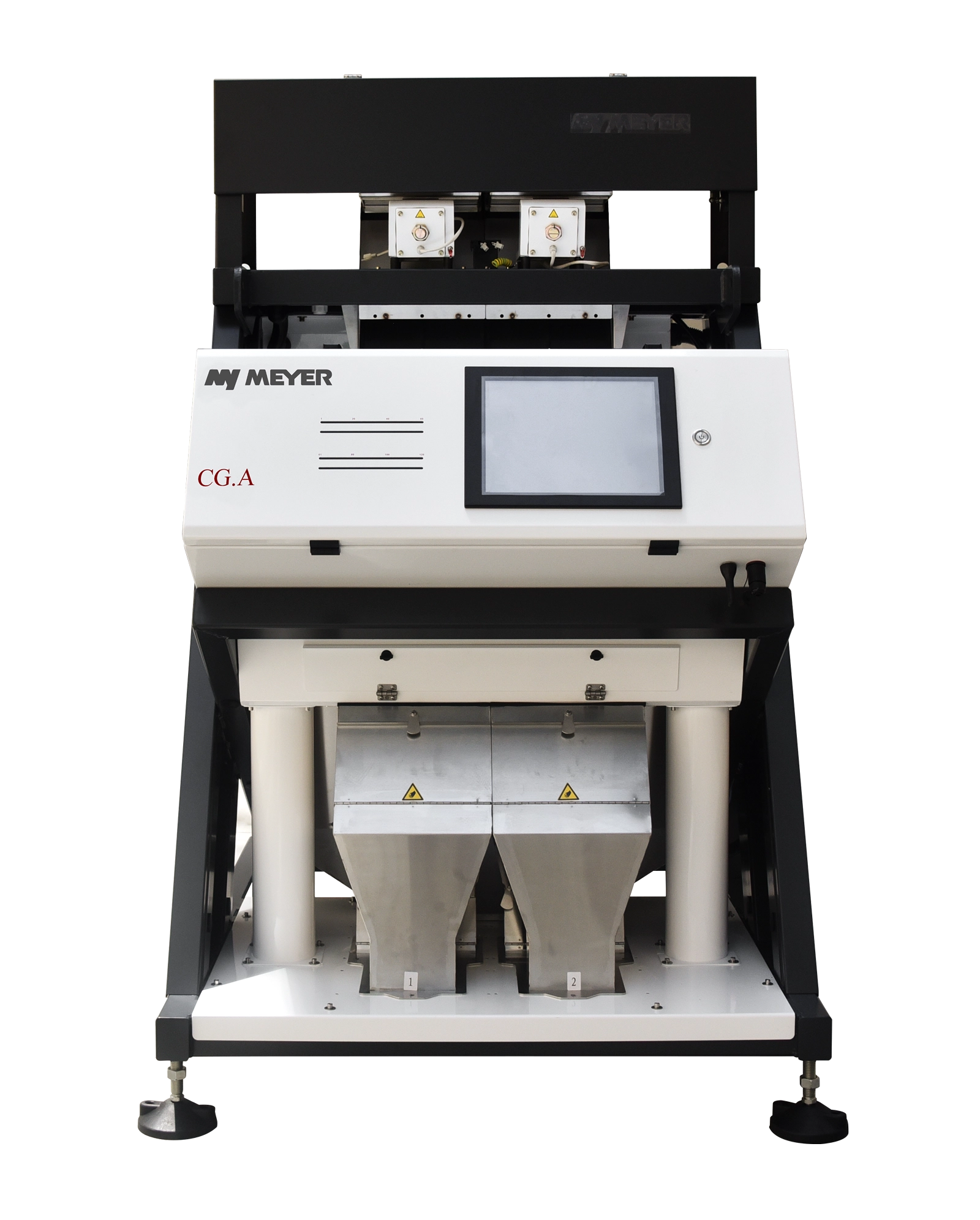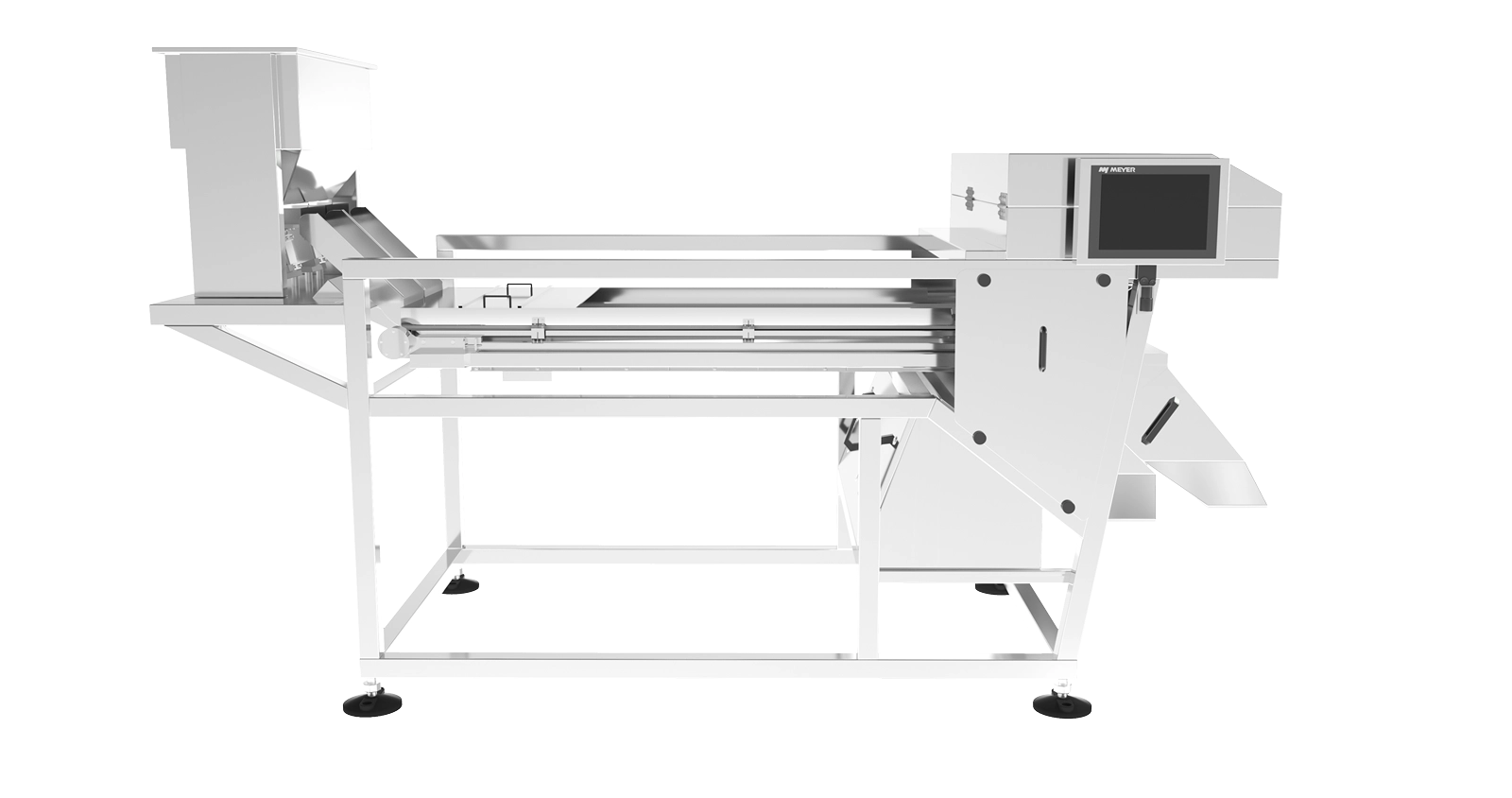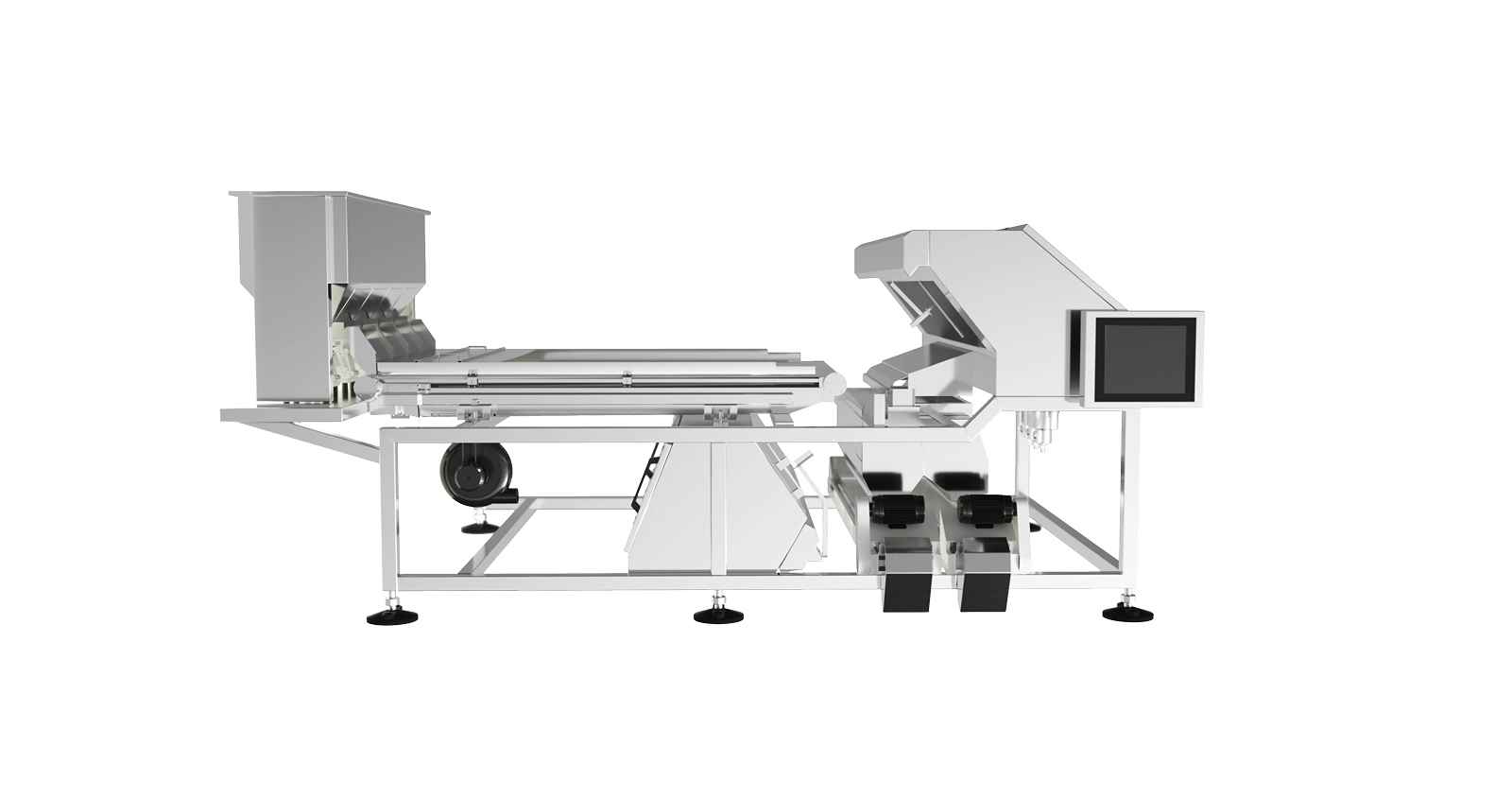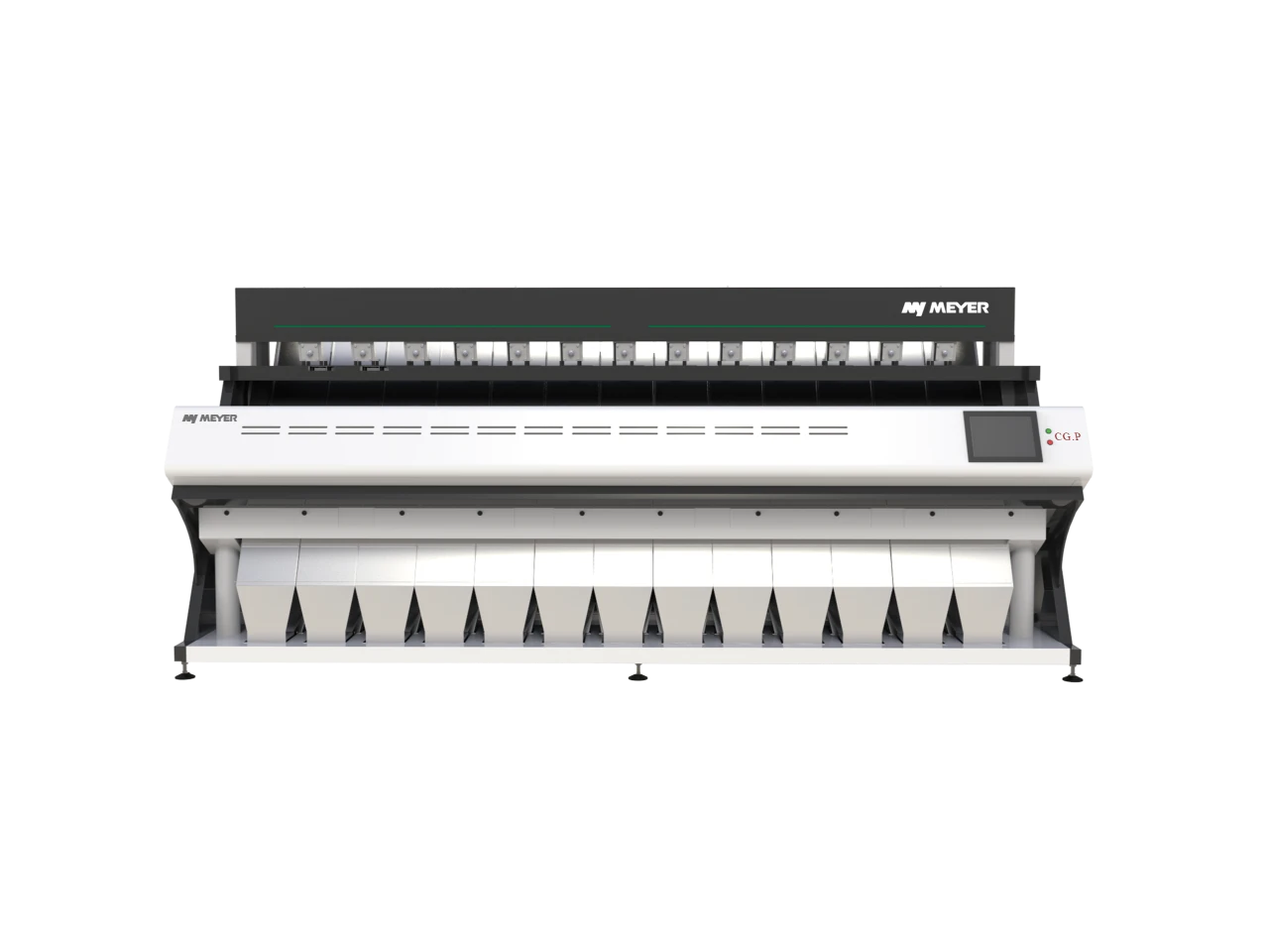HDPE sorting
Enhancing HDPE sorting efficiency with Meyer advanced sorting technology
Improve HDPE sorting quality and increase throughput
HDPE optical sorting process
Optical and polymer sorting of HDPE are methods that use advanced optical technologies and infrared cameras to precisely separate high-density polyethylene (HDPE) from other materials. Thanks to the appropriately selected cameras, sorting systems can quickly identify HDPE, even in complex waste streams. Recycling becomes faster, more precise, and cost-effective, contributing to more efficient waste management and improving the profitability of the recycling process.
See sorting samplesExamples of HDPE sorting with Meyer
Best sorting machines for HDPE sorting
Benefits of using HDPE sorting machines
Increased purity and quality
Optical sorters can detect and remove discolored materials, foreign materials, and defects such as stones, sticks, or damaged grains. This results in higher purity and quality of the final HDPE product, meeting consumer and market standards.
Better Efficiency and Throughput
Optical sorting technology allows for the processing of large volumes of HDPE quickly and accurately, significantly improving throughput compared to manual sorting methods.
Reduced Labor Costs
Automated sorting reduces the need for manual labor, leading to cost savings and reduced human error in the sorting process.
Improved Product Value
Higher quality and purity of sorted HDPE can lead to better market prices and customer satisfaction.
Versatility and Flexibility
Optical sorters can be used for different varieties of HDPE and can be adjusted for different sorting needs, making them versatile tools in HDPE processing.
Reduced Waste
Efficient sorting helps reduce waste by ensuring that only genuinely defective materials are removed, while maximizing the amount of good product.
Data Collection and Analysis
Modern optical sorting systems can collect valuable data about the waste stream, such as composition and contamination levels, aiding in process optimization and regulatory compliance.
Decreased Environmental Impact
By increasing the amount and quality of recycled materials, optical sorters contribute to reduced reliance on virgin resources, lower greenhouse gas emissions, and a smaller environmental footprint for waste management operations.
Enhanced Product Safety
By removing contaminated grains or foreign objects, optical sorters help prevent potential health hazards, contributing to safer products.
Our clients’ stories
Frequently Asked Questions
Does HDPE polymer sorting technology handle multi-material waste streams?
Yes, HDPE sorting technology is designed to identify and separate HDPE from complex and multi-material waste streams, ensuring high-quality recovered material even in challenging sorting conditions.
Is HDPE sorting more efficient than traditional manual methods?
Yes, HDPE sorting using optical technology is significantly faster and more precise than traditional manual sorting methods, leading to higher efficiency, reduced material loss, and lower operational costs.
What challenges are encountered in the color sorting of HDPE flakes and how are they overcome?
Color sorting of HDPE flakes can face challenges due to the presence of different shades of the same color or contaminants that make precise separation difficult. However, with high-resolution cameras, sorting systems can effectively distinguish even subtle color differences, leading to higher material purity and better-quality recyclate.
